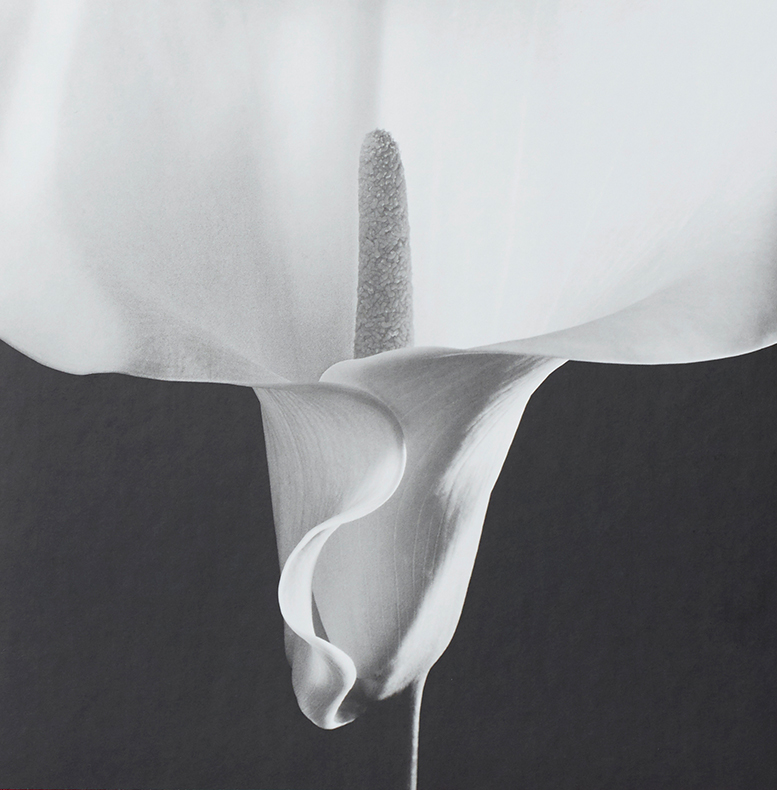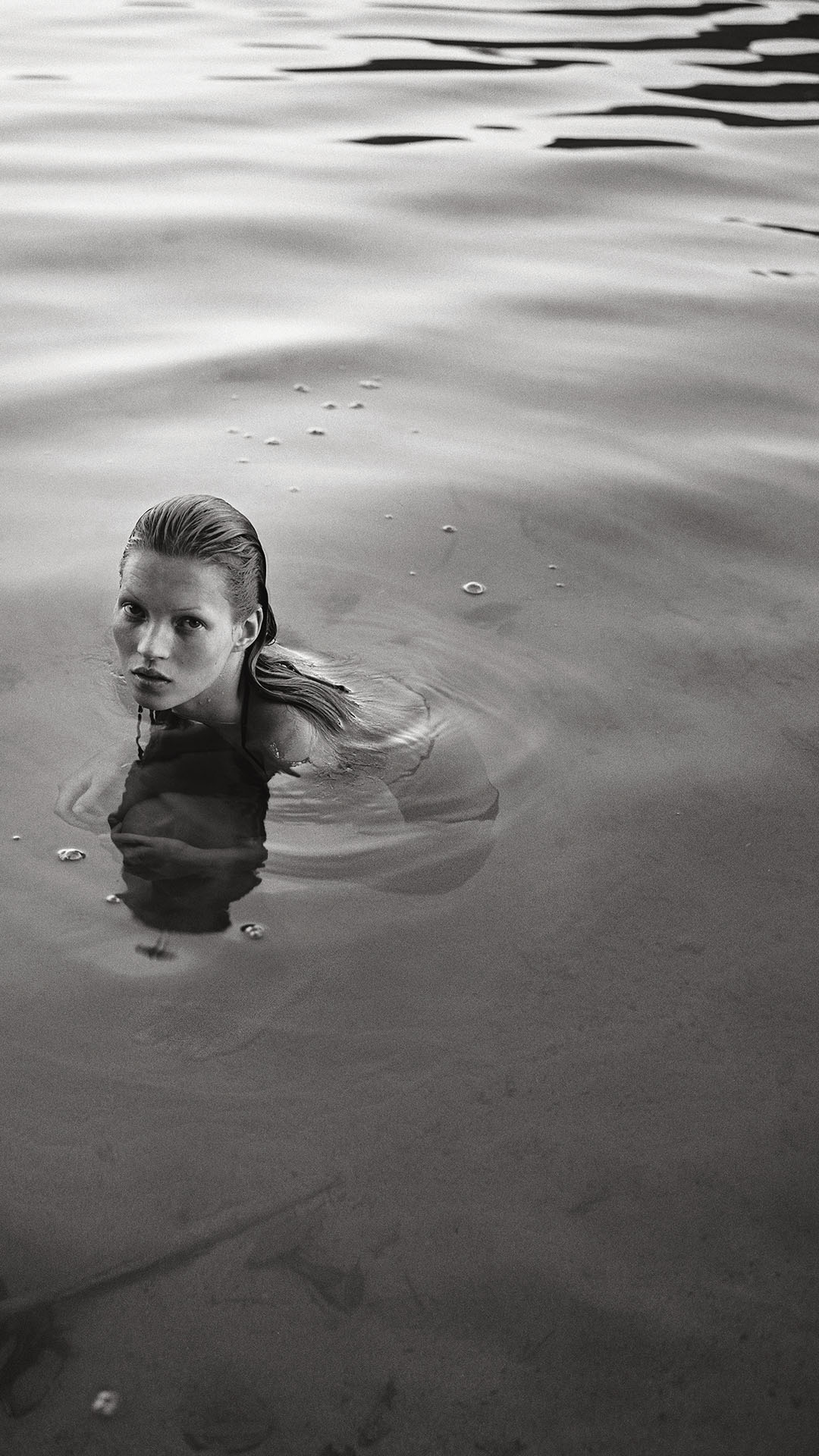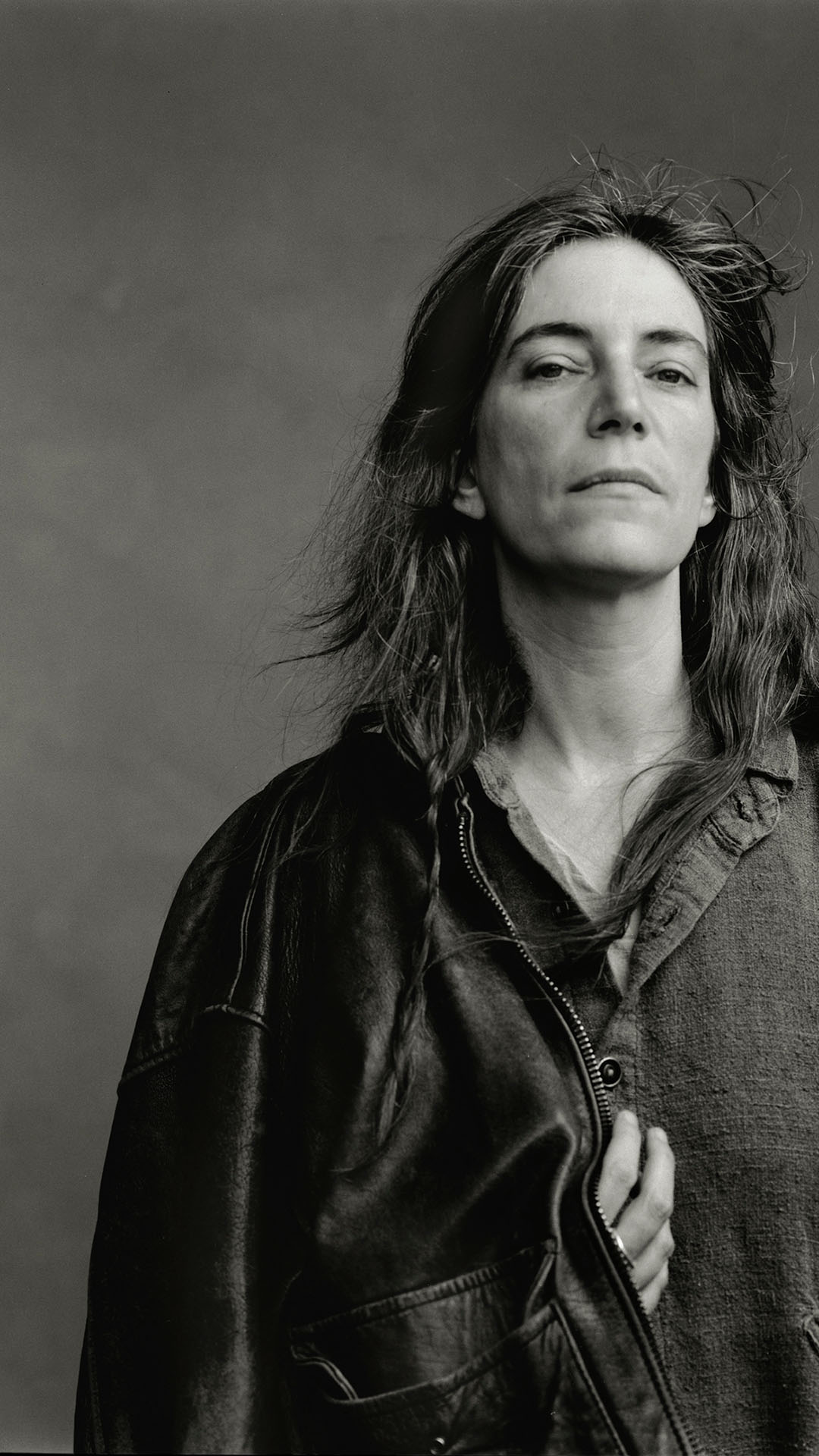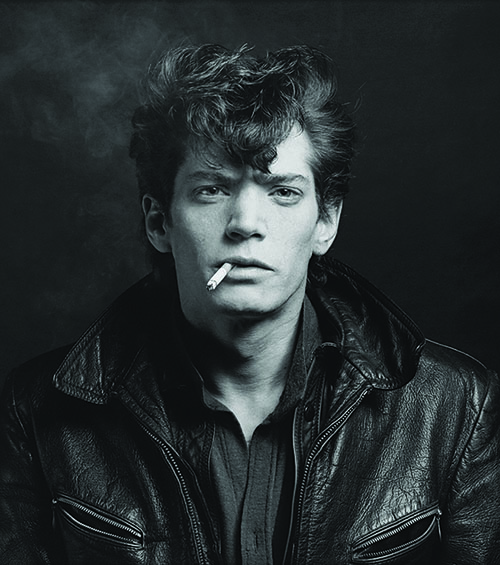The Photography Issue
“We focus on photographers whose work we believe is important and part of the cultural conversation,” says Phaidon Publisher, Deb Aaronson. In the coming pages, Deb tells us more about what makes selecting photographers and the photographs for their books more important today than ever before.




